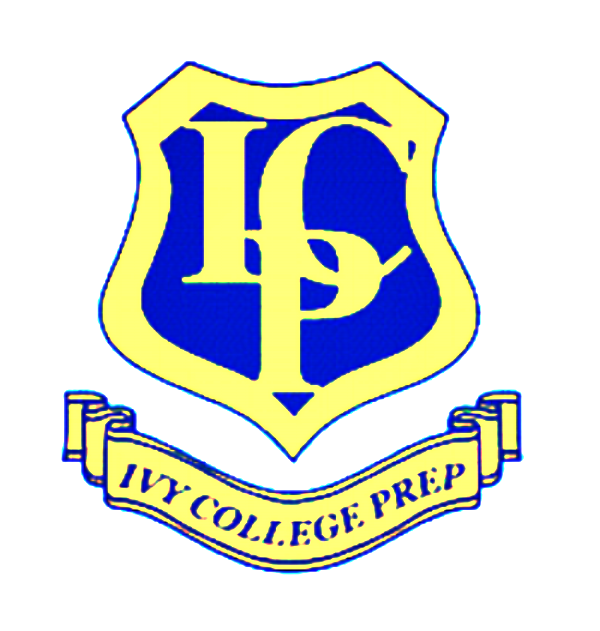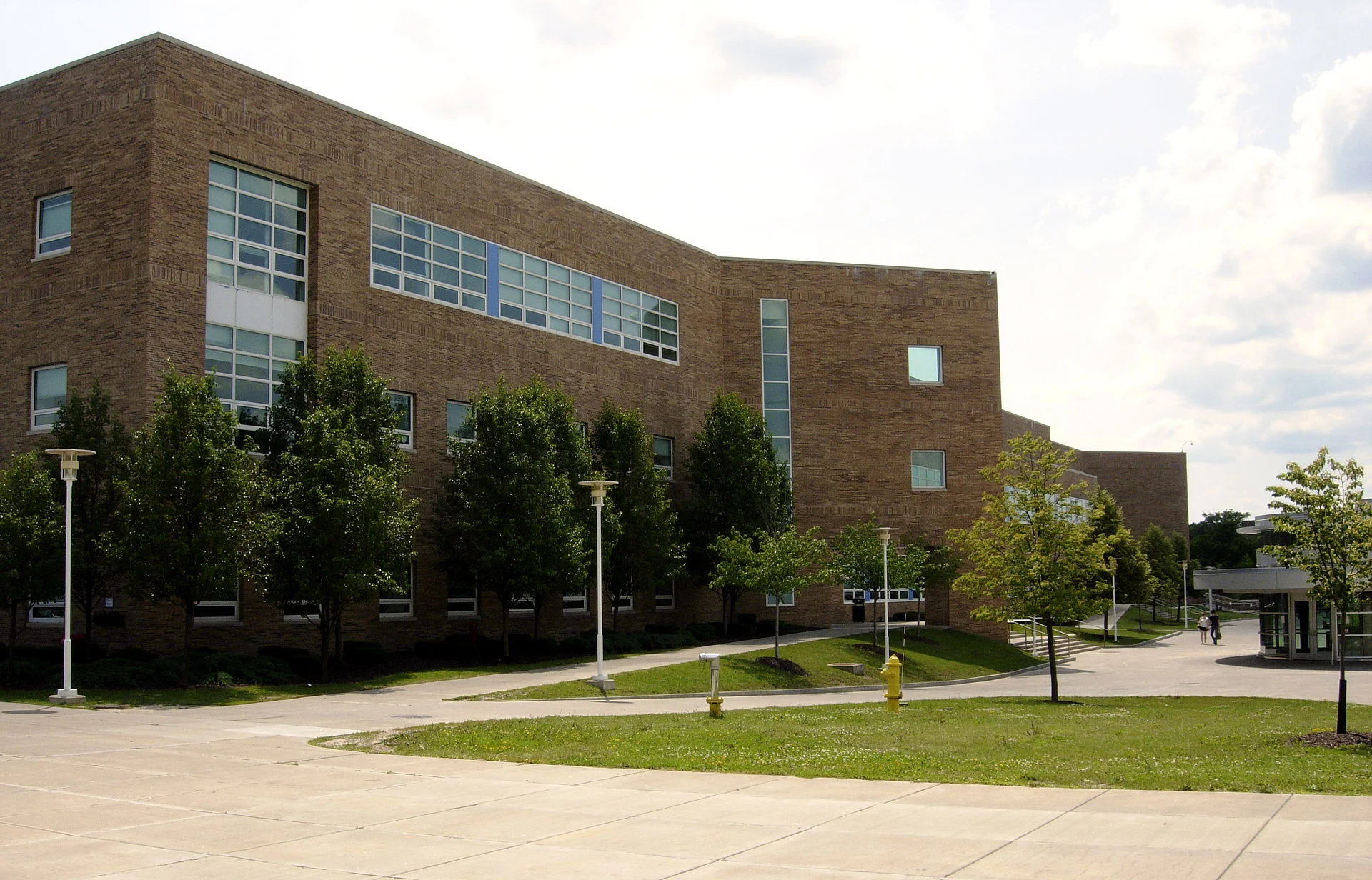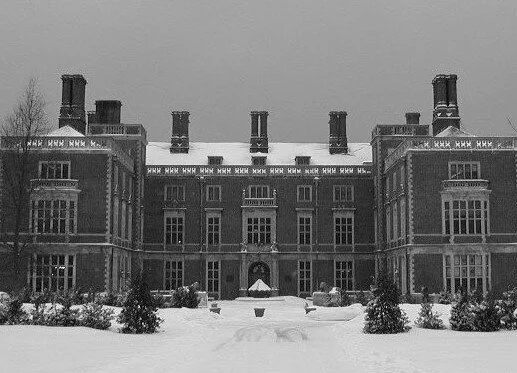Grinnell, since its inception in 1846, has been a leader of ‘progressive’ movements of many sorts: it was the first college west of the Mississippi River to grant degrees to women and blacks. Today Grinnell, which is located in the rural corn fields of Iowa about an hour from Des Moines and Iowa City, continues its progressive tradition
Yale University in Singapore—the Liberal Arts in Asia—and its Discontents
The small city state of Singapore, with a population of just over 5 million, is quickly becoming the educational hub of Asia. Prior to the turn of the 21st century, Singapore offered postsecondary degrees almost solely through its two large flagship universities: National University of Singapore (NUS), and Nanyang Technological University (NTU). Then, in January 2000, Singapore Management University opened its doors, followed by Singapore Institute of Management (2005), Singapore Institute of Technology (2009), Singapore University of Technology and Design (2011), and, coming soon, Yale/NUS (2013).
NACAC's 14 Key Factors in the Admission Decision
The 2,600 four-year colleges in the United States are a mish mash of public, private, religious, and secular schools with their own unique, independent admissions requirements. Consequently, distilling a list of factors that might provide uniformity across their admissions practices is not easy, nor uniformly accurate. Regardless, the NACAC (National Association of College Admissions Counselors) periodically performs such a survey across this vast collegiate universe and posits the most important factors into a list called the ‘Factors in the Admission Decision.”
How to Gain the Most from the Undergraduate Years
An article recently published by Karen Kelsky, a former professor of anthropology from the University of Illinois, while ostensibly tailored to graduate students, “Graduate School is a Means to a Job,” (Chronicle of Higher Education, 27 March 2012) is actually even more applicable to future undergraduate students. Ms. Kelsky is not shy about having students ask universities to prove their utility. Encouraging such skepticism should be lauded. No institution, no matter how august, should be charging $30-60,000 without being constantly questioned. Here is a cross section of some of her ideas, slightly modified for undergraduates.
UC Davis, the UC System’s Pearl of the Sacramento Valley
Despite the buffets of budget cuts, the UC System is more popular than ever. This year, UC applications hit over 161,000, up 13% from last year. UC Davis, located just 15 miles west of Sacramento, best known for its biology, agriculture, and engineering programs, was up 5% from a year earlier with slightly more than 62,000 applications. This in the face of the ill-conceived Davis police pepper spraying of students protesting student tuition increases. The steady rise of applications-despite the pepper spray gaff-speaks to the resources and boundless educational opportunities Davis offers.
The Waiting Game and the University Admissions Waitlist
Being waitlisted is often compared to an indefinite purgatory. You linger with the hope that sometime after early May, after the SIRs (statement of intent to register), deposits, and yields (how many offered admission are actually coming) are totaled, that the admissions office just might pull your number out of the hat. Yet, there are no rules on when or even if such an offer is coming. Some offers are made mere days before classes begin; most often they aren’t. That is what makes being waitlisted so unnerving.
Generating Ideas and the Brainstorming Myth
Creating a club, devising an original project, or generating a college essay, often begins with ‘brainstorming’. Brainstorming originated in the late 1940’s when Alex Osborn, a partner at the advertising agency BBDO, wrote his groundbreaking book Your Creative Power. In it, he introduced his creative juggernaut, “using the brain to storm a creative problem—and doing so in a commando fashion.” (p. 22 “Groupthink” by Jonah Lehrer, The New Yorker, 30 January 2012: http://www.newyorker.com/reporting/2012/01/30/120130fa_fact_lehrer)
The Community College Option
Some students are skeptical about attending community college. They shouldn’t be. The Regents of the University of California report that almost of third of those graduating from the UC System transferred from a community college: this trend will probably become even more pronounced in the years ahead as the UC tuition continues to soar and community college tuition maintains its value.
Tuition Free Schools to Combat Escalating College Costs
While there is no such thing as a free lunch, there is such a thing as free tuition. A group of colleges offer students tuition free education with one exception: Olin School of Engineering has had to become only half tuition free as a result of its endowment faring poorly during the recent recession; it is, though, still a value at half the tuition price, and thereby warrants a spot on this list. The service academies (West Point, the Air Force Academy, Annapolis, the Coast Guard Academy…) are all free of tuition and all other expenses: they even give their cadets a monthly stipend; however, they do require post-graduate service commitments. The following ‘tuition free’ institutions, on the other hand, offer students the opportunity to study liberal arts, fine arts, and engineering, without a huge debt-load at the end of the experience or backend service requirements. Let’s explore the schools by their curriculum.
Carleton College: a Superb Liberal Arts College in Minnesota
Even in the sub-zero frigidity of a Minnesota January, brains are exuding energy in Northfield, a town about 40 minutes from Minneapolis and St. Paul. ‘Carls,’ Carleton students, also known as “northern commies” by more conservative elements who find their politics a touch too left leaning, have just begun their second trimester. If you can weather the Minnesota winter, and find enjoyment in talking with some of the most intellectually engaged students in the country, “serious students who don’t take themselves too seriously,” then Carleton College might warrant being added to any application list











